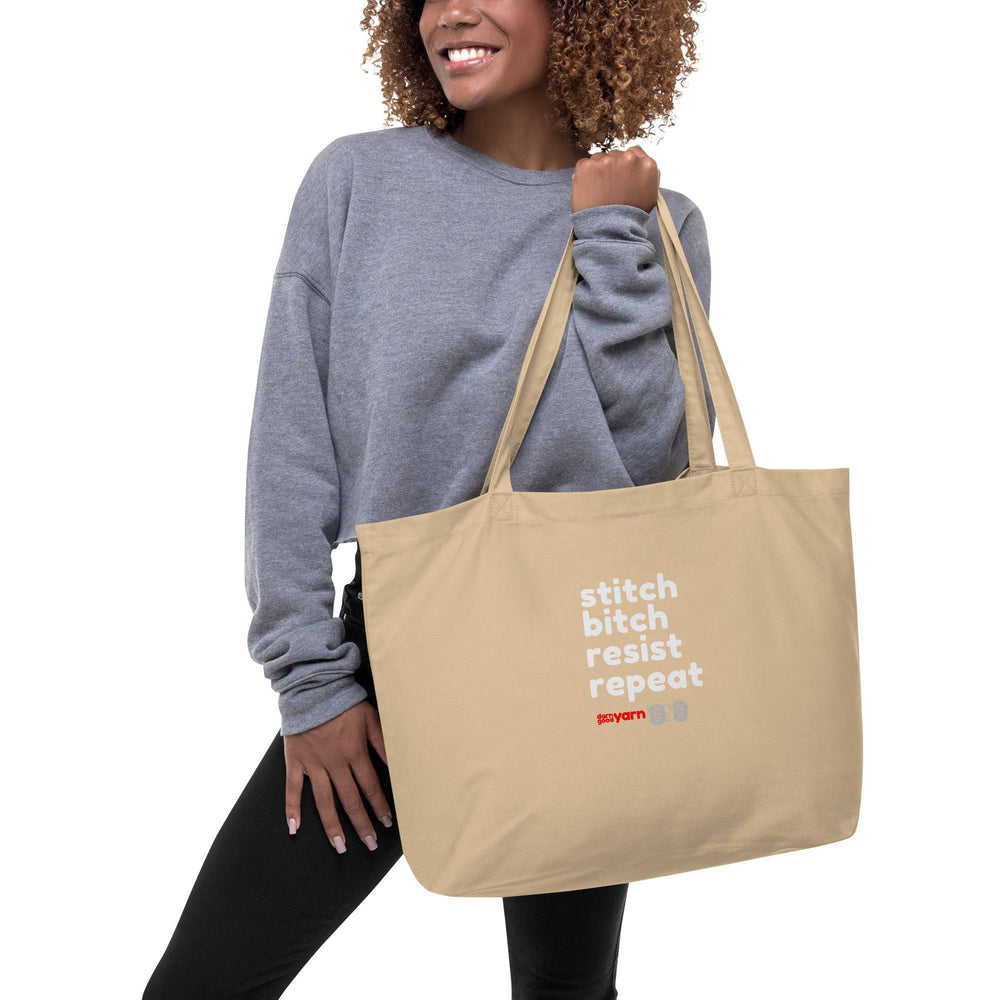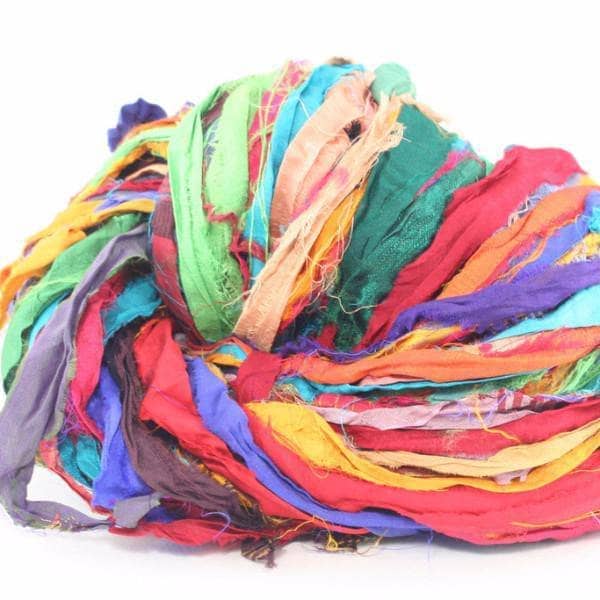Written by Michaela MacBlake Matthews
One of the trickiest things about creating a work of art or craft from scratch is that final round of tweaks and wonders… Is it done yet? Does it work? Does it need something? Is it too much? It’s true that developing an eye for design takes years, but even then, just when we know how to balance a finished piece, we make the next one even more of a challenge!
So, how do you know when your masterpiece is complete? Follow four these tried and true methods to decide when it’s time to set the supplies down and call it done!

Do You Know How You’re Going To Display It?
Sometimes there is a perfect outfit, or an end table in the hallway that sparked the idea for your creation to begin with! Other times, we get halfway through and realize these colors would make the perfect gift for your friend’s upcoming birthday, or bring a little life into your office. At some point, though, we always have to figure out where the piece is headed to when we finally call it finished.
Although you can wait until it’s already done, tackling the destination early can help to give your creative project context, and drive the final details it needs to feel custom fit in its completion! Give it a bit of consideration, and you may just realize that next to the kitchen cabinet, a pop of yellow will match perfectly, and bring everything together.

Did You Suit Your Inspiration?
When you first got started on this project, what was the theme or feeling that you had in mind? Was it something you saw from another creative, or did it come from a memory from years ago? Calling that initial inspiration back into focus can help us to zoom back out to the big picture behind our creativity, and sometimes even remember key elements of our brainstorming that got lost along the way!

Do The Imbalances Tell A Story?
Balancing sizes, shapes, colors, and textures is important. However, it’s the imbalances in a craft that truly tell a story, and give the piece a life of its own. It seems that when we get really stuck on a project, it isn’t that we don’t understand design or have the eye to make it better, but rather that we are somehow attached to what the imperfections offer, and don’t want to give them up. It can be difficult to put your finger on exactly what it is, but when we are able to uncover the personality behind the quirks, we can choose to add supporting elements to make those imperfections feel more confident and intentional.

Did You Use What You Know?
Lastly, the elephant in the room… did you use the skills you have on this piece? All of them? Sometimes, we know deep down that a tiny lace-weight border or another round of detail highlights is exactly what it needs to shine, but it might be a lot of work to complete it. When it comes to crafting, art, and design, there are so many elements at play that it can be easy to get a little lazy, and self-simplify our process.
When we do this, though, we see it when we look at the project, and the nagging idea that it really could be better can leave us sitting on the fence, trying to lock in a final answer. When this internal battle starts to stir, the best course of action is to step away for a short while, and go back into the brainstorming phase. What if you went all-out? What would it look like? How many steps would that take, and how long would it really be? Once you’ve imagined the results, you can decide for certain if it is worth the effort to keep going.
So there you have it! Four ways to help yourself decide if your creative project is finished.
Happy crafting!

"Mac" is on the Lifestyle Team here at Darn Good Yarn, and loves taking a ‘teach a man to fish’ approach to creative therapy. She is certified in neuro-linguistic programming, and is also the surreal artist and author behind Surrealismac.
 Rewards
Rewards




















